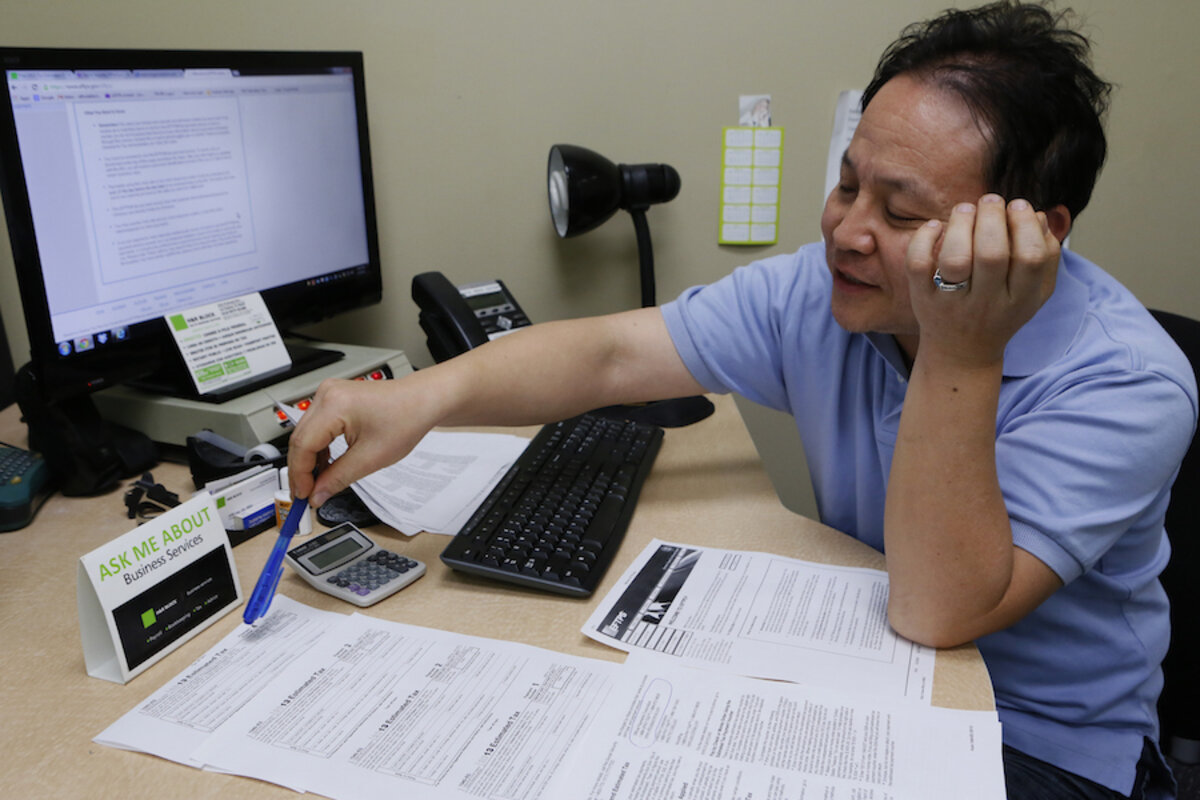'Pay As You Earn' can help indebted graduates
Loading...
If you’ve graduated and started working, and yet you still feel overwhelmed by your student loan payments, there are ways to lessen the load. Federal student loan borrowers may be eligible for a government that caps monthly payment amounts based on income.
, or PAYE, is one of the Department of Education’s income-driven repayment programs. It was passed into law by President Obama in 2012, and limits monthly loan payments to 10% of a borrower’s discretionary income. It doesn’t replace the, or IBR, program — which limits monthly payments to 15% of a borrower’s discretionary income — because you must have taken out your loan during a specific time period in order to qualify for PAYE.
What you should know
Federal student loan borrowers should understand these key aspects of PAYE:
- Eligibility is partly determined by when you received your federal loan. Only those who took out their first federal loan after Sept. 30, 2007, and received disbursement of at least one more federal loan after Sept. 30, 2011, are .
- Payments are capped at 10% of your discretionary income. They can never exceed the amount you’d be required to pay under a, and are based on income and family size.
- You must reapply through your loan servicer annually. Because your ability to qualify depends on your income, you must submit tax returns and proof of income to your loan servicer each year.
- Your balance is forgiven after 20 years of payments. The forgiven amount is considered taxable income to you.
- Interest may be capitalized. If your monthly payments under the PAYE program don’t cover the interest due, the interest is capitalized, or added to your loan balance.
Qualifying loans
Not all federal loans are eligible for income-driven repayment programs, such as IBR, PAYE, and Income-Contingent Repayment, or ICR. This depicts the types that are.
It’s important to note that you can ���ǰ��� your loans independent from PAYE. Some individuals benefit from consolidating their loans and then applying for the program. But remember that PAYE is only available for federal loans, so consolidating your loans through a private lender would preclude you from using PAYE. Assess the risks before refinancing with a private loan.
For some borrowers, a new program called REPAYE may be an even better fit, as it has fewer qualifications; it’s set to launch by the end of 2015.
The bottom line
PAYE and other income-driven repayment programs offer a great way for graduates to get some debt relief in the form of lower monthly student loan payments.
To decide whether the PAYE plan makes sense for you, use the Federal Student Aid . To apply, contact your servicer or visit .
This article first appeared at




